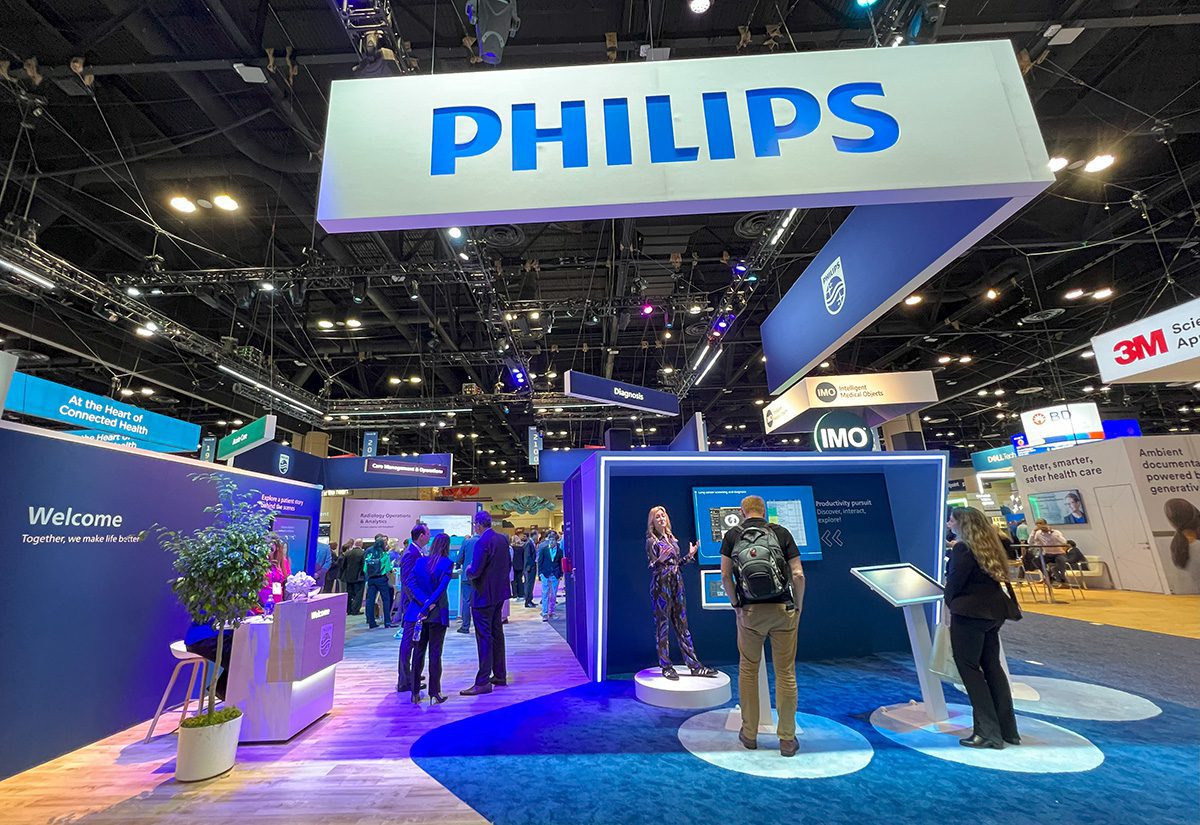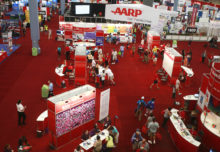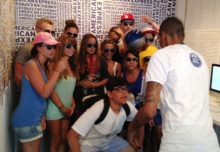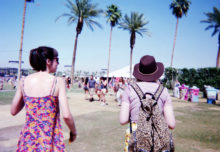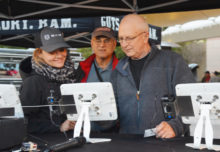It wasn’t until Keri Ibbitson took what she thought was a step back early in her career did she discover everything that marketing is in the corporate world, and the impact of trade shows and events on a brand’s overall success. In her role as regional lead-events at Philips, Ibbitson drives strategy for a variety of programs, from b-to-b events and trade shows to the brand’s proprietary initiatives, delivering impactful activations that involve a multitude of stakeholders across the globe.
One notable recent example is the brand’s presence at HIMSS, which took place at Orlando’s Orange County Convention Center, March 11-15. A glowing blue exhibit filled with interactive and thought leadership features showcased innovative clinical and operational solutions that address critical healthcare challenges.
“HIMSS has been a tradeshow giant for most my career, bridging cutting edge tech companies with healthcare giants, and the hybrids in between,” Ibbitson says. “Companies show up playing to win with many impressive exhibit experiences. Developing a space to stand out among the best takes a village and dedication to collaboration.”
EM caught up with Ibbitson to talk about the changes she’s seeing in the industry, new measurement tools, and what it’s like to create experiences with a long-term strategy in mind.
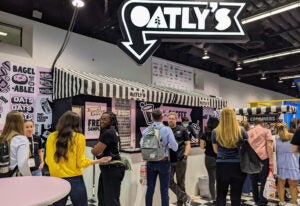 More of Our Interviews:
More of Our Interviews:
Event Marketer: What trade show industry trends have your attention?
Keri Ibbitson: Event sustainability. For many years, the thought process was that events are “turn and burn,” and people buy their carbon credits to make up for it, but in the past couple of years there’s been renewed conversation about sustainability. I’m impressed with what they’re doing in Europe to measure and track sustainable execution of events. There are excellent exhibitor groups working on creating sustainability guidelines in the U.S. I can’t wait to see where this conversation goes and how it impacts how we show up: What new build materials will we start to see? What new, fresh creative designs? How will convention centers and hotels help us meet our sustainability goals? There’s a ton of opportunity, and there’s so much more we can be doing as a collective.
At Philips, sustainability is embedded in our culture. We’re such a large organization so we try to do repeatable and efficient things at scale. As much as customization is great, we try to reuse as much as possible and achieve maximum longevity [for booth elements]. In North America, we limit on-site swag and paper handouts and go digital as much as possible. We’re thoughtful about where we print out logos, even if it’s part of a branded sponsorship. We partner with companies that are certified in sustainability and evaluate every component, from build materials to the ink on our signage. Also, we focus on reducing erroneous travel to lessen the impact. That’s a big part, too.
How about technologies or tactics that are helping brands engage and measure better?
One of the systems we currently use relies on sensors throughout the booth that using RFID ping off attendees’ devices. It enables us to see real-time dwell time and engagement data as well as overall traffic and evaluate everything from the flow around the footprint to the performance of individual stations in real time to pivot when needed. We’re starting to be able to track year-over-year data, which allows us to assess our approach, make any changes and also validate that customer experience.
What is the biggest challenge in the industry?
Cost is one, for sure. Our sponsorship costs, build and material costs have all gone up. Sales cycles can take months and even years. Justifying cost can be challenging if your ROI story isn’t linear. We’re starting to experience a mental shift as exhibitors of, how do I show up at an event in a smaller but still super-impactful way? Being the biggest and loudest booth, and spending the most, is not always the most impactful move.
Also, defining KPIs and successful means to measure is still a constant conversation. It’s like an egg we’re all trying perfectly to crack. That conversation never stops. Many trade show marketers still struggle to show ROI for their events and follow through on the data once inside the organization. At the end of the day, it still comes down to the objectives and the definition of success. If you can have an honest conversation with your stakeholders about that, it makes budgeting and measurement significantly easier.
What do you love about creating exhibit experiences?
What I loved about it in the beginning was that I got to meet new people and travel to incredible places. I’ve done the same core stack of events for several years, and there’s always something new, and that’s very refreshing. Ten years later, it’s still an invigorating part of the job, but now I’m entering a new phase where I get to help drive strategy. I’m enabled to make an impact on large investments of marketing dollars, which is a big responsibility and something we take very seriously. I want our stakeholders to walk away from the show saying, “Wow, that was the right investment for us to make.”


